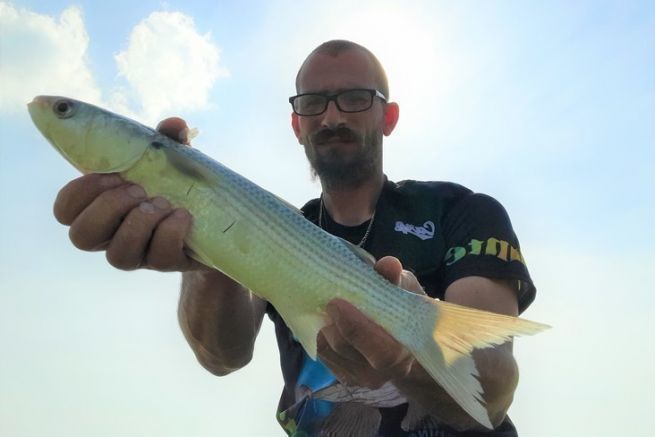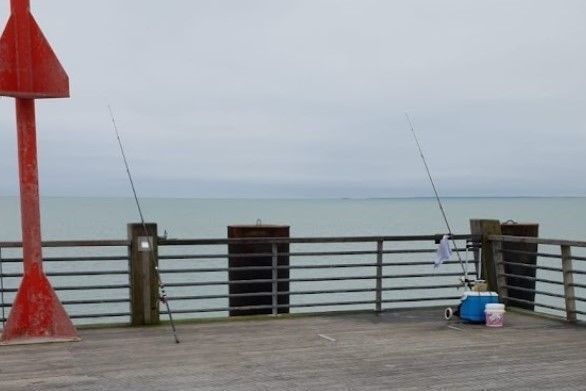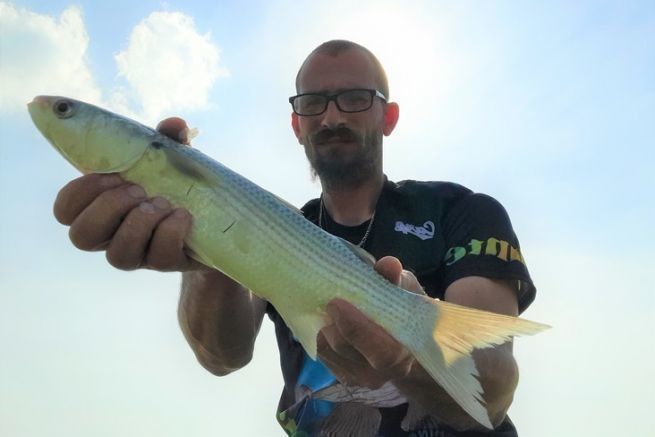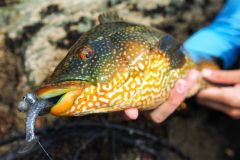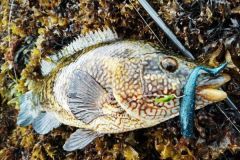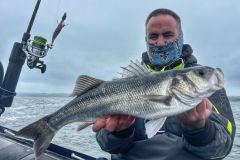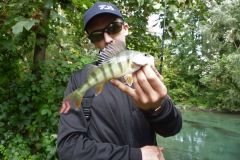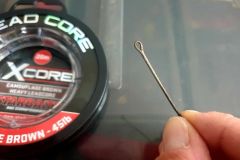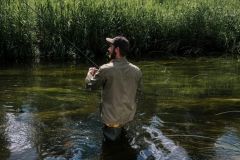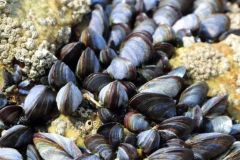The leaders of lines
The making of the leaders is simple. The sketch of the different leaders allows to see in detail each of them. The hooks and stack diameters are given as examples, as a starting point.
If you are looking for a particular fish, you will need to change the number and type of hooks.
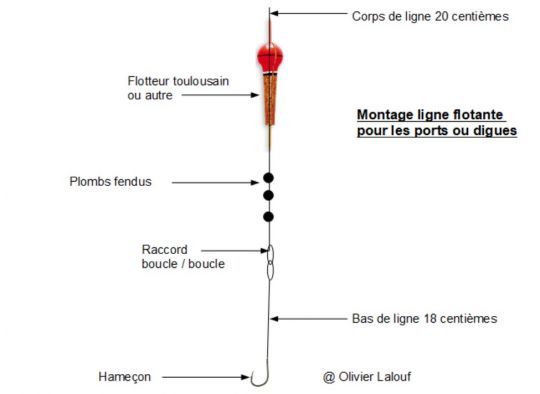
The floating line assembly
The diameter of the line body is 20 hundredths. Slip the float taking care to check its direction and to place the conical part if it is a Toulousain downwards. Make a loop knot at the end of the line, i.e. by doubling the line and making a loop that is tied twice.
Next, make the leader in 18 centimeters and a length of 40 centimeters approximately. At one end of the line, a loop knot should be made as above. And at the other end, a crystal paddle hook #10 to 14 is mounted, knotting this hook neatly. Be careful not to scratch the thread. To do this, moisten the knot before tightening it to avoid heating it and thus reducing the strength of the line.
Once the leader is made, it should be connected loop in loop with the line body. It only remains to add the lead just above the leader, taking care to weight the float with split shot.
This line is ready to use, just unroll it along the rod to cut it to length. A loop knot ensures that it is easily attached to the tip of the rod.

Assembly to be supported
On the 50 or 60 hundredths line coming from the reel, place a swivel clip that will be used to attach the leader. On a 40-centimeter leader, make a loop knot that will be used to connect it to the staple. Then, place a pater noster at 60 cm from this knot and then again at 60 cm place a second pater noster. 50 cm above this second pater noster, tie a staple swivel which will be used to fix the ballast.
The two rods are made of 35-centimeter nylon, 30 centimeters long, no longer than that, otherwise it encourages tangling. Then at the ends place a single hook of a size between number 4 and number 10. It is possible not to choose two baits identical in size and nature. In this case, the bigger one is placed at the bottom, to ensure a good presentation of the line.
It is now necessary to place the ballast at the base. It will be between 100 and 200 grams and allows to maintain the line well straight in order to offer a beautiful presentation of baits.
